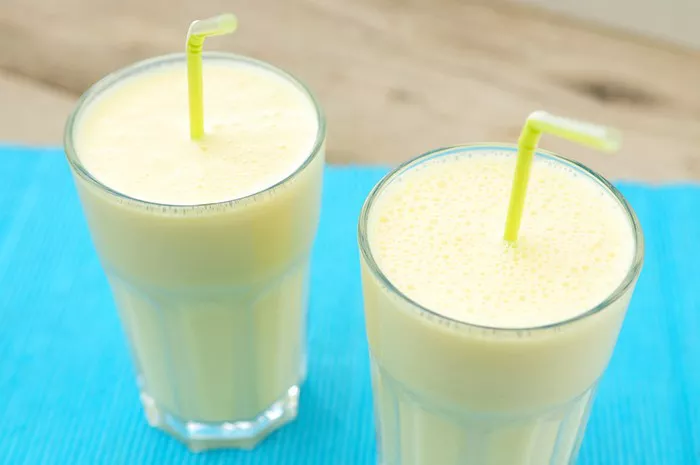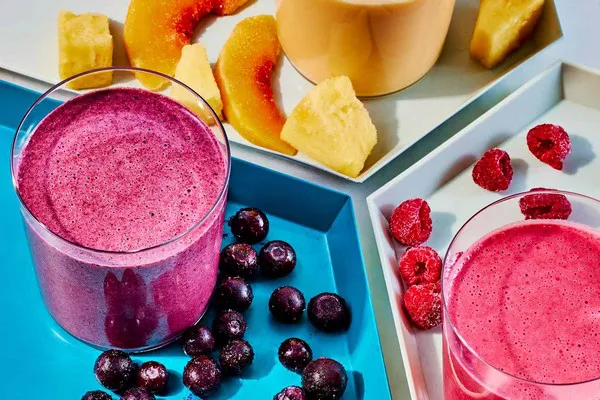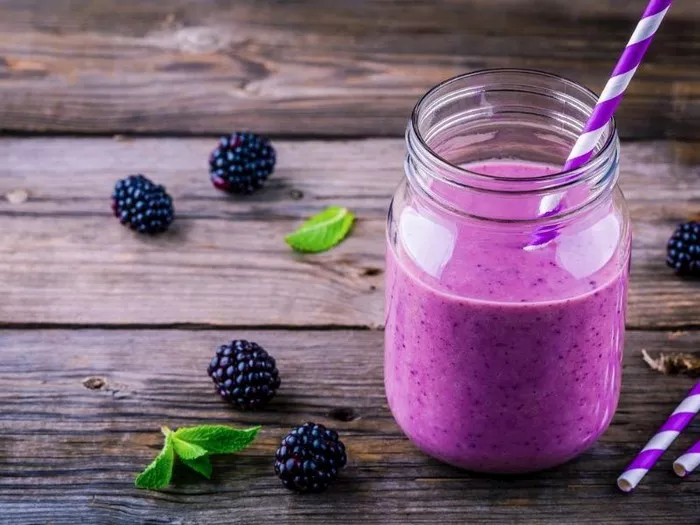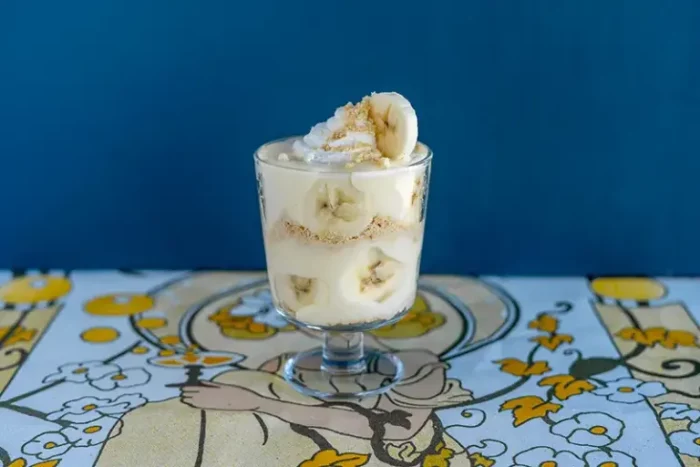Banana smoothies are a popular and refreshing drink enjoyed by many, especially during warm weather or as a quick breakfast option. But, the question often arises: are banana smoothies fattening? To answer this, we need to delve into the nutritional content of banana smoothies, how they are made, and their potential impact on weight management.
Understanding Banana Smoothies
What is a Banana Smoothie?
A banana smoothie is a beverage made by blending ripe bananas with other ingredients such as milk, yogurt, ice, and sometimes additional fruits, vegetables, or protein powders. The consistency can range from thick and creamy to thinner and more like a shake, depending on personal preference and the ingredients used.
Nutritional Breakdown
Let’s break down the nutritional content of a typical banana smoothie:
Bananas
Calories: Around 96 calories per medium-sized banana.
Carbohydrates: Primarily natural sugars like glucose and fructose, with around 27 grams per banana.
Fiber: About 3 grams per banana, which is beneficial for digestion.
Vitamins and Minerals: Potassium, vitamin B6, vitamin C, and magnesium.
Milk/Yogurt
Calories: Depends on the type (whole, skim, almond, soy, etc.), but typically around 80-150 calories per cup.
Protein: Dairy-based milk and yogurt provide high-quality protein.
Fat: Whole milk and some yogurts are higher in fat, while skim and plant-based options are lower.
Ice and Optional Ingredients
Calories: Ice has no calories.
Additional Ingredients: Adding honey, syrup, or nut butters will increase calorie and fat content.
Factors Influencing Caloric Intake
Portion Size
The size of the smoothie greatly impacts the calorie intake. A small, single-serving smoothie may be around 200-300 calories, while a larger, meal-replacement smoothie could exceed 500 calories.
Ingredients Used
The choice of ingredients significantly affects the nutritional profile of the smoothie:
Milk Options: Using skim or low-fat milk reduces the fat and calorie content compared to whole milk.
Yogurt Choices: Greek yogurt is higher in protein and can make the smoothie more filling, but it also contains more calories and fat than some plant-based options.
Fruits and Vegetables: Adding berries, spinach, or kale boosts fiber, vitamins, and minerals without significantly increasing calories.
Sweeteners: Honey, maple syrup, or agave nectar add sweetness but also calories and simple sugars.
Protein Powders: Adding whey, pea, or soy protein powder can increase protein content and make the smoothie more satisfying, but it also adds calories.
Preparation Methods
How the smoothie is prepared can also affect its nutritional value:
Blending Technique: Over-blending can break down fiber, potentially making the smoothie less filling.
Add-Ins: Using toppings like granola, nuts, or seeds adds texture and crunch but also increases calorie and fat intake.
The Role of Banana Smoothies in Weight Management
Calorie Balance
Weight gain or loss is ultimately determined by calorie intake versus calorie expenditure. If you consume more calories than you burn, you will gain weight, regardless of the source of those calories. Therefore, the key to managing weight with banana smoothies is to ensure they fit into your overall calorie budget for the day.
Nutrient Density
Banana smoothies can be a nutritious part of a balanced diet, especially if they are made with whole food ingredients and are low in added sugars. They can provide essential nutrients like potassium, fiber, and vitamins that support overall health.
Satiety and Fullness
The satiety (fullness) factor of banana smoothies can vary. Smoothies made with higher protein and fiber ingredients tend to be more filling, which can help prevent overeating later. Conversely, smoothies made with mostly liquid ingredients and little fiber may not be as satisfying, leading to hunger soon after consumption.
Mindful Eating
Paying attention to hunger and fullness cues is crucial for weight management. Drinking smoothies can sometimes be less satisfying than eating solid food because it doesn’t trigger the same chewing and digestion processes. This can lead to overconsumption if smoothies are used as a meal replacement without careful calorie tracking.
Practical Tips for Making Healthier Banana Smoothies
Use Low-Calorie Ingredients:
- Opt for skim or low-fat dairy products.
- Use plant-based milk alternatives like almond, soy, or oat milk if you prefer.
- Add water or ice to thin the smoothie without adding calories.
Boost Fiber and Nutrients:
- Incorporate leafy greens like spinach or kale.
- Add berries or other low-sugar fruits.
- Use frozen fruit instead of ice to add flavor and nutrition without diluting the smoothie.
Control Sweetness:
- Use natural sweeteners sparingly, if at all.
- Opt for ripe bananas, which are naturally sweet.
- Experiment with a small amount of vanilla extract or cinnamon for flavor without added sugar.
Add Protein:
- Incorporate a scoop of protein powder if you’re looking for a post-workout recovery drink.
- Use Greek yogurt or cottage cheese for a natural protein boost.
Watch Portion Size:
- Stick to single-serving portions if you’re drinking smoothies as a snack.
- If using smoothies as a meal replacement, aim for a balanced mix of protein, carbs, and fats.
Listen to Your Body:
- Pay attention to your hunger and fullness levels after drinking a smoothie.
- Adjust the ingredients and portion sizes based on how satisfied you feel.
Conclusion
Banana smoothies can be a delicious and nutritious addition to your diet, but their impact on weight management depends on several factors, including portion size, ingredient choices, and overall calorie intake. By making mindful choices and incorporating healthier ingredients, you can enjoy banana smoothies without worrying about unwanted weight gain. Remember, the key to maintaining a healthy weight is to balance your calorie intake with your energy expenditure and to focus on a variety of nutrient-dense foods. Banana smoothies can fit into this equation as long as they are enjoyed in moderation and as part of a balanced diet.
Related Topics:

























